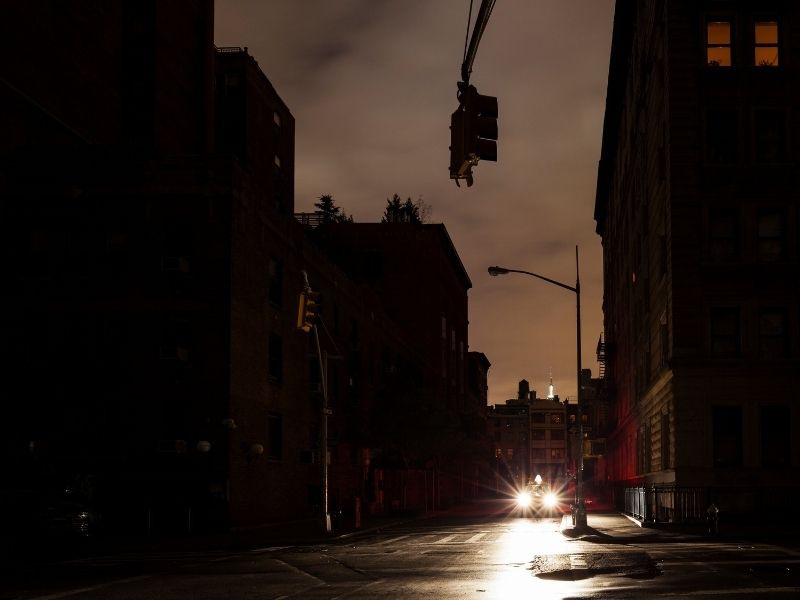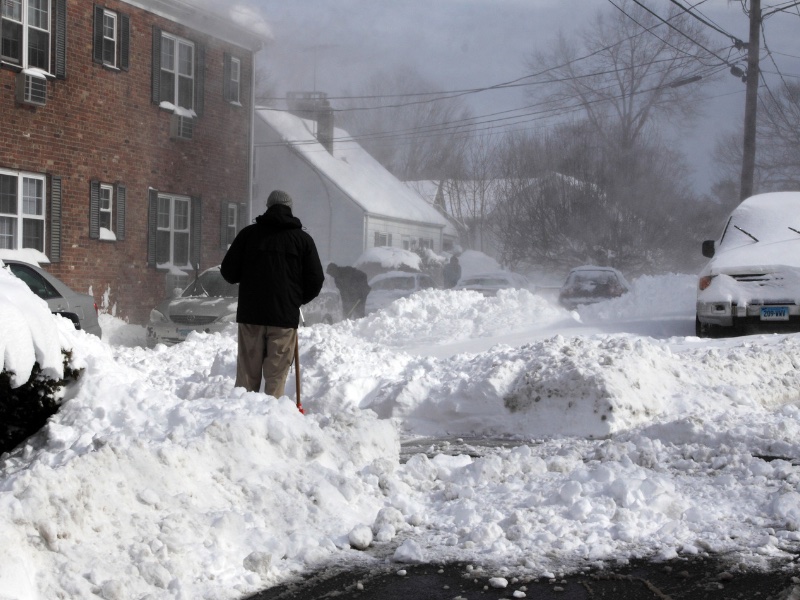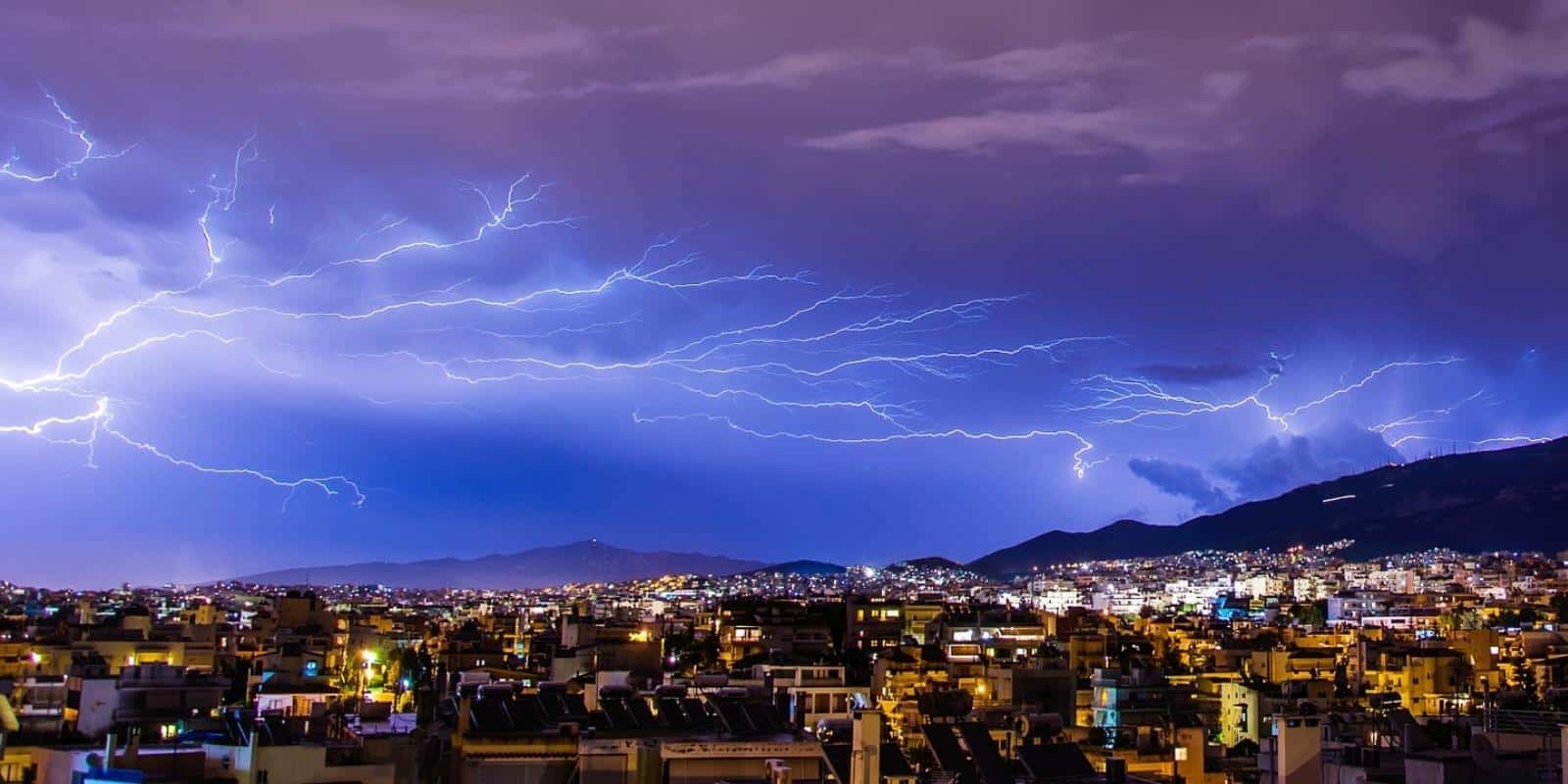Table of Contents
We’ve increasingly seen the term ‘rolling blackouts’ over the last few years. They might happen where you live, but do you know why? These short-term outages are purposeful, set in motion by utility companies to avoid a complete grid catastrophe.
Keep reading to learn more about rolling blackouts, why they happen, and how to prepare for them.
What are rolling blackouts?
So let’s get to the facts. Rolling blackouts, also known as rotating outages, are usually short, intentional power disruptions. Energy providers implement them to prevent overloading and long-term damage to the grid and sub-stations. Rolling blackouts are named due to their ‘rotating’ nature. One city area may experience a blackout for a few hours until it ‘rolls’ on to the next area. Essentially, power is cut temporarily for one neighborhood, reducing pressure on the grid and preventing the entire city or district from plunging into darkness. Rolling blackouts are essential to keep emergency services available, such as hospitals, fire, and police stations, as well as emergency dispatch centers.
We’ve seen them most frequently put in place to protect older grids and power stations when one unit is out of service. Or in the case of storms or unexpected severe weather, the grid is unprepared for increased power usage.
How long do rolling blackouts last?
We all really want to know the answer to the question: how long do rolling blackouts last? Well, for the most part, blackouts that prevent grid overload should last around an hour. Those occurring in extreme weather situations can last days or even a week, depending on the severity of the situation and how long it takes utility companies to fix the particular issue.

Is there a rolling blackout schedule?
Governments or states usually plan rotating outages, although this depends on the location. It’s a legal requirement for utilities to follow these plans. Since they’re often implemented quickly, neighborhoods are given little to no notice to prepare in advance.
Rolling outages tend to happen during peak weekend hours of 4-7 pm, but they can happen anytime.
How do rolling blackouts work?
Many developing countries, such as South Africa, don’t produce enough power to support the country’s needs. Rolling blackouts happen daily across South Africa and are known as load-shedding.
While Ghana saw a 55% increase in power access for its population in less than three decades, they’re still rationing power to cope with outdated equipment.
In the USA, much of the current power grid dates back to the 1950s, with some facilities going back to the late nineteenth century. America’s power grid has been pushed to the limits due to its aging infrastructure, overbuilding, and additional strain placed on it during extreme weather conditions.
When unexpected weather appears, utilities can be unprepared for the extra power needed to run heaters or air conditioning units. Additionally, when the weather takes out a power station, like in Texas in the winter of 2021, other stations have to take the burden. With too much pressure on too few utility stations, rolling blackouts prevent a large-scale, long-term outage.
Over the last few years, several large-scale rolling blackout events have been set in motion due to extreme weather, the most recent in winter 2022, affecting 60% of the US population.

Are there rolling blackouts in my area?
Although some areas experience more blackouts than others, they can occur almost anywhere. To check whether your state is currently experiencing rotating outages, view this power outage map.
How can I prepare for a rolling blackout?
Since blackouts can hit anytime, preparing in advance is crucial in case it lasts longer than expected. Here are a few basic things you can do to prepare:
- Prepare water and dry food.
- Keep a flashlight and batteries handy.
- Back up your computer files regularly to avoid losing data.
- Consider a communication alternative if landline or mobile service providers also lose power.
- Prepare fuel for your generator or recharge your portable power station.
- If you require refrigerated medication, make sure you can power your fridge or use a mini-fridge instead. A EcoFlow DELTA mini can power a refrigerator for up to 10 hours, while a EcoFlow DELTA Pro can keep it running for up to two days.
- Make sure your carbon monoxide detectors are working.
For more extensive weather-specific prep lists, you can find out how to prepare for winter power outages here or prepare for summer power outages here.
What should you do during a rolling blackout?
Here are some basic things to do during a rolling blackout, but you can learn more about preparing for a blackout and staying safe here.
- Unplug any appliances connected to the grid when the power goes out. When the power returns, there’ll likely be a power surge that can permanently damage your devices.
- Grab your portable power station to keep powering your home, or let your backup power kick in.
- If you’re not using your power station to power your freezer, avoid opening it. Food will stay frozen for several days, which is handy if the blackout goes on for a while.
- Stay warm or cool (depending on the situation), and drink plenty of water.
- Avoid using a gas stovetop or oven to heat your home, as there may be a build-up of carbon monoxide. Instead, wear multiple layers of clothing, use blankets to keep warm, or use a wood-burning fire or stove if you have one.
- For prolonged blackouts, fill the bathtub with water in case the water gets turned off too.

How can we prevent rolling blackouts?
While we can’t really prevent blackouts ourselves, there are ways that each of us can take pressure off the grid by making minor adjustments to our day-to-day lives.
- Making sure to turn off appliances at the wall or even unplug them completely if they’re not used frequently, as most devices still draw power even when they’re not in use
- Establishing energy-saving habits, such as washing laundry at low temperatures and air-drying our clothes, are just a few ways we can make a difference.
- Use high-wattage appliances during off-peak hours. This reduces energy demands on the grid, and you’ll save money.
- Utilize solar energy to power your home when possible. Store your excess energy in a portable power station for use during rolling blackouts or even outdoors.
Since rolling blackouts aren’t going anywhere soon, preparing for the ones to come in the future is your best option. Whether you’re experiencing the inconvenience of a short outage on an evening or you’re out for several days, keep powering your home right through with a portable power station.
